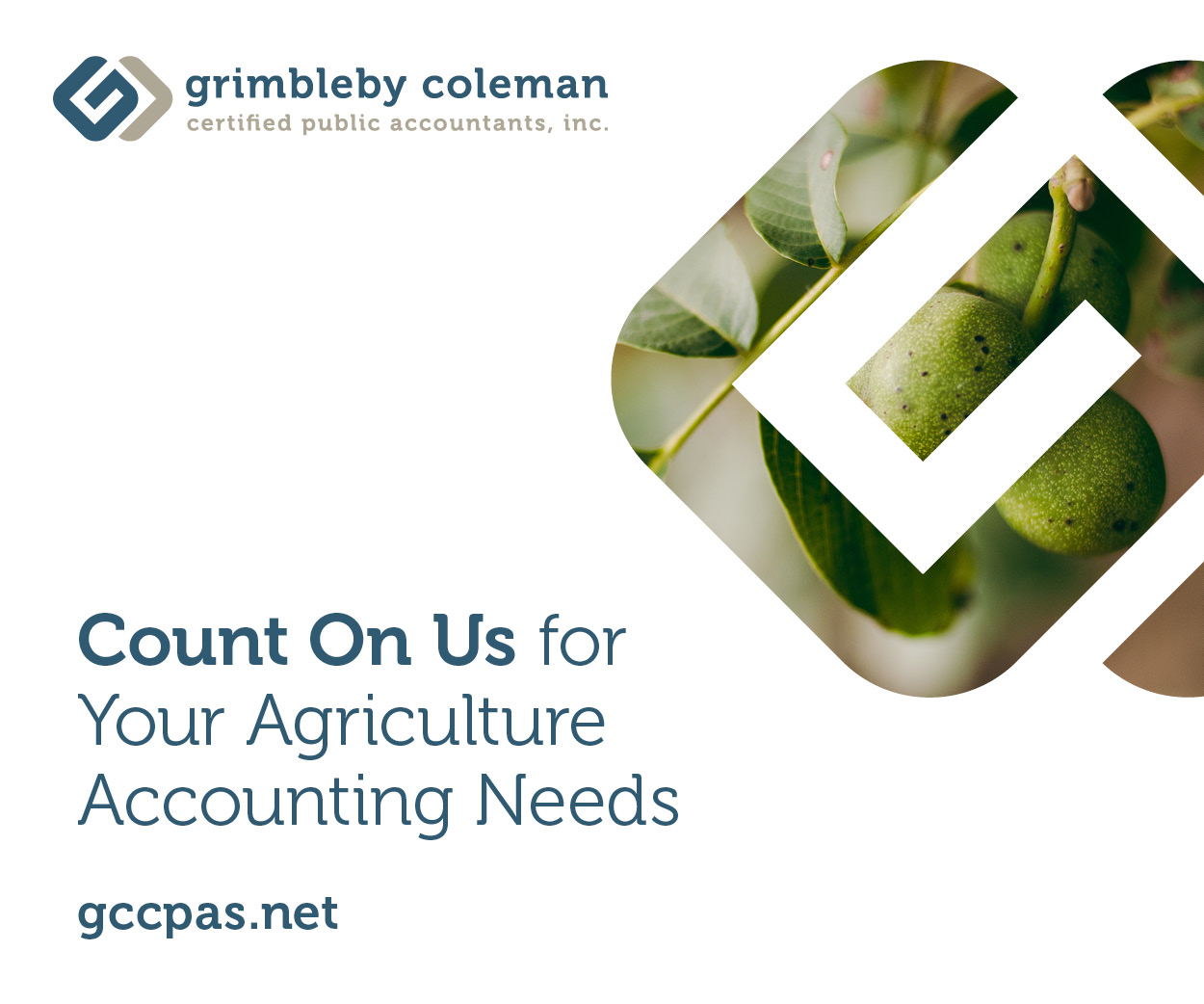
Weather-based irrigation scheduling will determine amount of water needed in an orchard. Plant-based scheduling determines timing of irrigation, while soil-based scheduling provides feedback on the execution of the irrigation. Using a combination of these methods to determine initiation of irrigation and amount will deliver the optimum results—more yield.
In an Almond Board of California Training Tuesday presentation, Daniele Zaccaria, UC Davis agriculture water management specialist, described the advantages and potential drawbacks of weather-, soil- and plant-based irrigation scheduling. Using only one of these methods to determine irrigation scheduling can lead to under or overwatering.
Almond trees have very low winter chill requirements and vegetative growth begins earlier in the season compared to other tree nuts. In addition, bloom and initial leaf development occur near simultaneously in California. Zaccaria said that research has shown the maximum potential nut production is determined in the period of late January to late March. The early stage of fruit growth occurs at the same time as most of the leaf expansion and shoot growth, leading to considerable competition for tree resources, including carbohydrates.
Scheduling the first irrigation of the season before stress to trees occurs is important in many specialty crops, including almonds, because that stress can impact yield and crop quality.
Weather-based irrigation scheduling uses evapotranspiration (ET), which is based on replenishing water amount used by crop and transpiration since the last irrigation or rainfall. There is a risk of over or under irrigation due to the specific conditions in an orchard that are not taken into account in the ET estimations of water use.
Cultivars, rootstocks, plant densities and canopy management along with environmental conditions and irrigation methods are variables in irrigation scheduling that are not taken into account in ET-based scheduling, Zaccaria said. Looking only at ET may be limiting for nut crops.
Soil-based irrigation scheduling is based on observation and frequent monitoring with sensors. It directs irrigation initiation at a target level of soil moisture and stops when the soil moisture reaches target levels. Soil moisture monitoring also answers questions about deep soil water reserves and root zone infiltration. One drawback is that trees can experience water stress even under well-watered conditions due to salinity or sodicity, soil compaction or perched water tables.
Plant-based scheduling detects plant water status and helps determine proper timing. This method involves measuring stem water potential, sap flow or canopy temperature and is labor intensive.
Zaccaria noted that another tool to help with irrigation scheduling is the Experimental Forecast Reference Evapotranspiration or FRET. Values used for this tool are being re-evaluated by UC researchers to better match different growing areas. Almond Board of California is funding this research.











